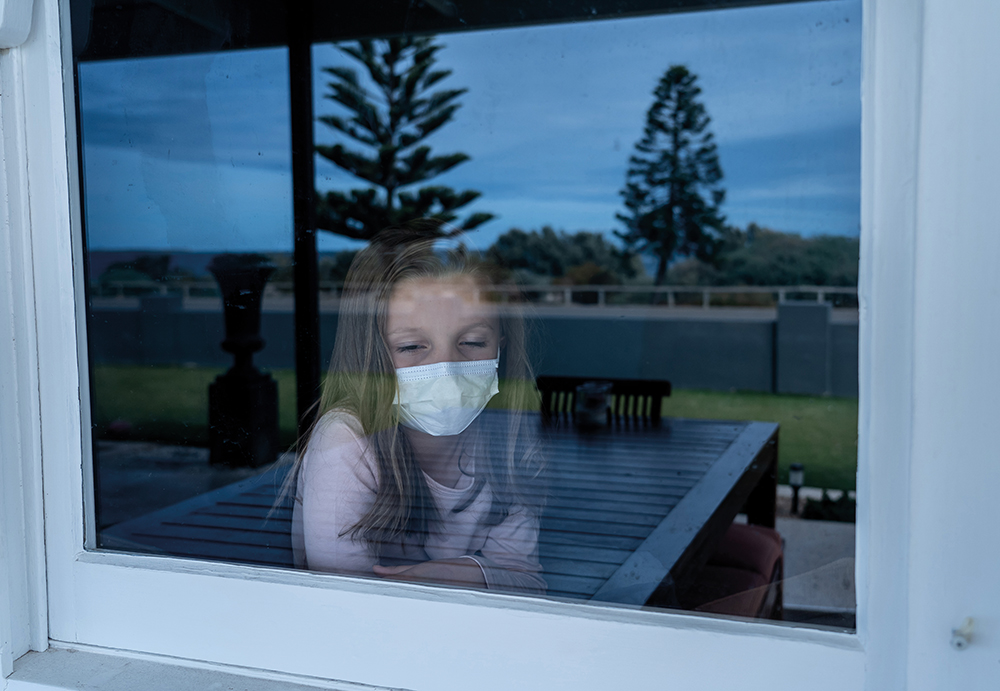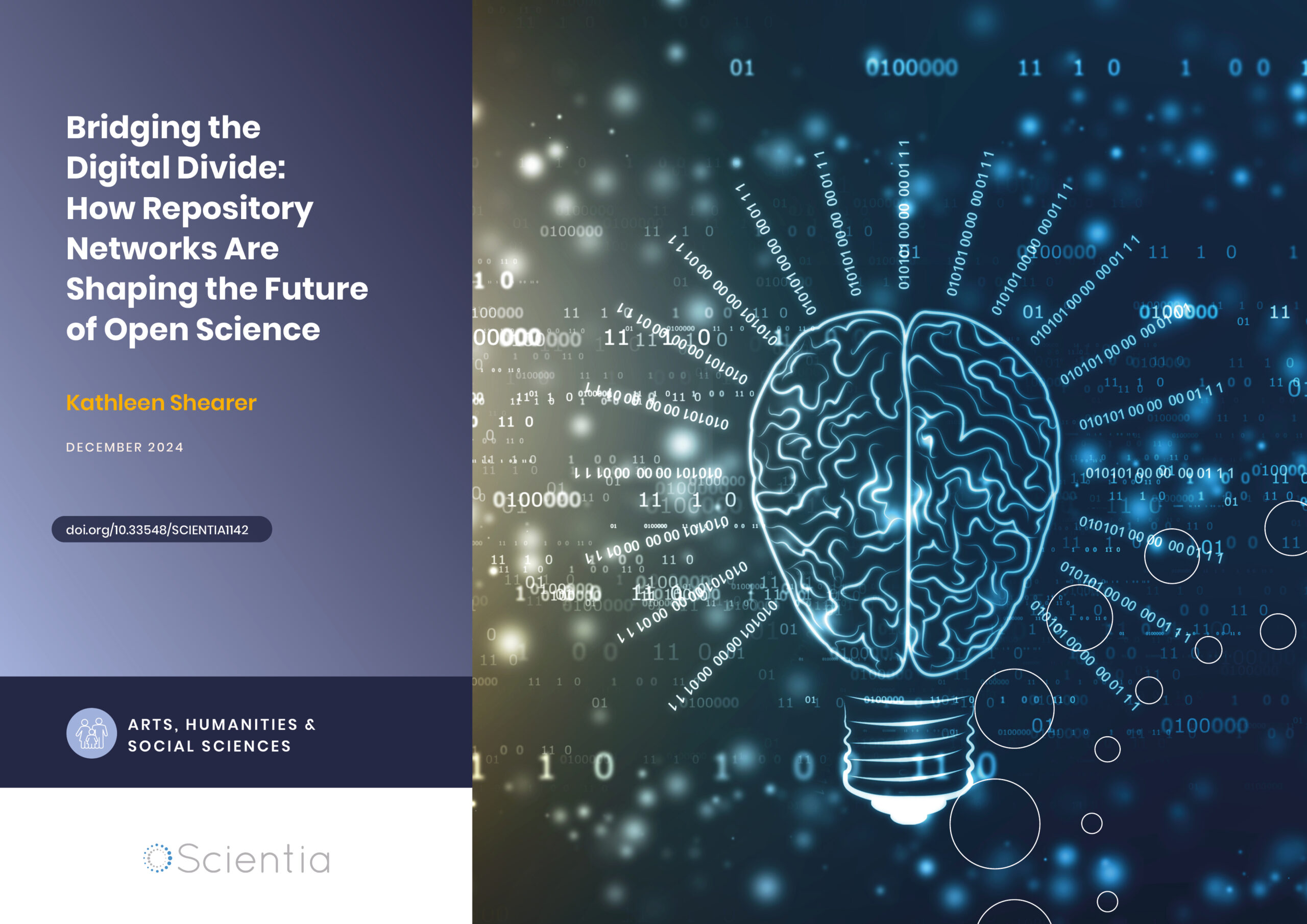Children and Young People’s Mental Health Coalition
 The Children and Young People’s Mental Health Coalition (CYPMHC) brings together more than 200 leading charities in the UK with the shared goal of improving the mental health and well-being of children and young people. In this exclusive interview, we speak with Oliver Glick, Policy Officer at CYPMHC, to hear about their achievements over the past decade and future plans.
The Children and Young People’s Mental Health Coalition (CYPMHC) brings together more than 200 leading charities in the UK with the shared goal of improving the mental health and well-being of children and young people. In this exclusive interview, we speak with Oliver Glick, Policy Officer at CYPMHC, to hear about their achievements over the past decade and future plans.
To begin, please tell us how CYPMHC was established and what is your overarching aim as a coalition?
The Children and Young People’s Mental Health Coalition was formed in 2010 with 28 member organisations. The goal then was to bring the sector’s voice, experience and campaigns together. That goal is the same today but now we have over 200 members! It was set up thanks to the generosity of the Zurich Community Trust and was hosted by the Mental Health Foundation between 2010 and 2018. The coalition is now hosted by the Centre for Mental Health.
Our vision is for all infants, children and young people to grow up in a society that prioritises, invests, listens and attends to their mental health and wellbeing. As a coalition, we only exist because our members do – we champion and aid their work. We have three strategic aims – prevention and promotion, early intervention, and skills and confidence.

CYPMHC celebrates its 10th birthday this year. What have been CYPMHC’s most significant achievements to date?
We are proud of our work Informing the Future in Mind policy initiative. Future in Mind is a government initiative designed to change how Child and Adolescent Mental Health Services (CAMHS) are delivered – a crucial national service. CYPMHC was a member of the Children and Young People’s Mental Health Taskforce. The work of this taskforce led to a £1.25 billion commitment and the initiation of the transformation programme.
Our lobbying also prompted the government to commission the children and young people’s mental health prevalence study in 2015 which was published in 2018. These data are important for decision-makers and society to get a clear picture of the levels of need of our children and young people, and making sure that investment and government attention match that need.
We have been very active in the COVID-19 response, something I’m pleased about as this is such a crucial time for children’s mental health. We have championed our member research and policy, which is developing all the time, and work to ensure that important findings get to decision-makers when it matters.
“Lockdown may have been traumatic for many children, so when they return to normality it needs to be ‘back to better’, not back to normal, in terms of support and their mental health.”

Looking to the future, what aims do you have for the next ten years? What specific challenges for children and young people do you intend to address?
Overall, we exist to try and reach a society where all children and young people have good mental health. How we get there is another question. We have three leading priorities that our members have agreed on. They are prevention and promotion, early intervention, and skills and confidence. I’ll explain each in turn and why we feel they are so crucial!
Prevention and promotion mean simply stopping mental health problems before they’ve begun and promoting good mental health. This work is so wide-ranging, as we know that many societal factors affect our mental health – from housing to poverty, from childhood trauma to sleep. That means, to stop mental health problems arising, decision-makers need to embed prevention across their policy. Prevention can be an abstract area. For example, ensuring everyone has a safe and secure home may, directly and indirectly, reduce mental health problems years later. However, if you’ve stopped something happening, decision-makers could come back and say, ‘how do we know those problems would have arisen if we hadn’t implemented that policy?’. This is an area with huge potential for change but one that requires good policy and research to implement.
Early intervention is about getting help to people as soon as their problems emerge. On average, children and young people receive help many years after symptoms arise. This is way, way too late, not only because of the suffering people endure in that time, but also because many problems are easier to treat the earlier help can begin. Services are so underfunded and stretched that they struggle to go beyond reacting to late-onset, acute issues but if we had more public health and community measures that are properly funded, we could act early.
Skills and confidence are about children: young people and everyone around them having the skills and confidence needed to take care of mental health. That includes parents and carers, as well as the workforce. Sometimes decision-makers think these are so-called ‘soft skills’, but they are so important. Giving people the space and language to get help, and help each other, is crucial. For example, peer support for young people is becoming more and more embedded, as we realise that young people turn to each other and rely on their networks so much anyway, that we should harness that and make sure it is impactful.
I should add that we have to adapt to the landscape of society changing all the time. We have produced a lot of policy on COVID-19 and lockdown, which of course, in January would have been non-existent. While we have our priorities, we also have to adapt to the national situation.

How does research on children and young people inform your policy campaigns?
Research, alongside the views of children, young people and their carers, forms the backbone of our policies. We are lucky to have an amazing membership, who are collectively producing important research. Our response to the pandemic is a great example of this. Our policy has arisen from findings from frontline providers and charities, who have identified crucial issues, such as vulnerable children being even more vulnerable, and the need for remote support of parents. We can build our recommendations to decision-makers from the ground up, from the research that matters. It is important for us to not pick things we like and retrofit research. We only exist because of our members, so are led by their work.
Thinking now from a different perspective, how does the work of CYPMHC influence research?
That’s where our part in the coordination and support of the sector comes in. We can look at the gaps in policy and discourse from the conversations we are in, and talk to our members about looking into research.
Recently, we held a series of member workshops on Zoom and heard from a lot of members with meaningful insight on a range of topics. Not only were we able to bring policy out of the workshops to take forward, but members who may not have conversed have gone away to join up their work. It is such a large sector that people can get a lot from joining up – they may not have done so before simply because they’re doing their own work but didn’t know another group could complement theirs.
Our members work hard to improve children and young people’s mental health, and sometimes simply sharing key messages can improve everyone’s campaigns. If decision-makers hear the same well-informed recommendation across the board, it has more chance of success.

Finally, the COVID-19 pandemic has resulted in a considerable negative impact on the mental health of many across the world. How have children and young people in the UK been affected and what can be done to help alleviate their distress?
The instinctive answer is ‘badly’. But we are careful to be nuanced – this is unprecedented in the modern world, so its full effects will be unknown for a while, making the need for long term monitoring and study crucial. There will even have been positives for some children and young people. For example, some have preferred the move to online counselling and therapy, and new innovative support from charities has been really impactful.
Fundamentally, most children have not been at school, and this is a huge disruption. Schools are a source of community, play, and a place where the volunteer and charity sector can engage with children. Parents and carers have been asked to balance jobs and their own mental health in a pandemic with so much academic and pastoral care of their children. Who knows how this will affect children in the long term.
For young people, transitions to further and higher education, or into the working world, are difficult at the best of times. Young people can fall through the cracks of services at this point. Lockdown and COVID-19 have been very challenging for them. At least with most school children, we can try and get schools reopening in a way that prioritises wellbeing. But with no institutions, 16 to 18 year olds are harder to support with the current systems.
We are worried about vulnerable groups, such as children in households with domestic abuse, or young carers, for example. Groups that need support and help usually have seen that greatly disrupted. Further, those in alternative provision or not at school aren’t going back, COVID-19 has highlighted what we been working on previously – that there are huge inequalities in access to support. The response needs to change things for the long term, helping to address those inequalities.
To help, we have been calling for a ‘trauma-informed’ approach to services and places, like schools. That means making sure schools are taking a person-centred approach to children, looking at their environment and experiences, not just how they are behaving. Lockdown may have been traumatic for many children, so when they return to normality it needs to be ‘back to better’, not back to normal, in terms of support and their mental health.

Reference
https://doi.org/10.33548/SCIENTIA533
Want to republish our articles?
We encourage all formats of sharing and republishing of our articles. Whether you want to host on your website, publication or blog, we welcome this. Find out more
Creative Commons Licence
(CC BY 4.0)
This work is licensed under a Creative Commons Attribution 4.0 International License. 
What does this mean?
Share: You can copy and redistribute the material in any medium or format
Adapt: You can change, and build upon the material for any purpose, even commercially.
Credit: You must give appropriate credit, provide a link to the license, and indicate if changes were made.
More articles you may like
Dr Siddharth Narayan | Wetlands Versus Coastal Development: Effects on Flood Damage
Hurricane storm surges pose serious damage risks to the United States’ coastlines. Tidal wetlands protect communities by acting as barriers, reducing the effects of these surges. However, simultaneous coastal development and wetland loss can lead to increased damage during storm surges. Using the 2008 Hurricane Ike as a case study, Dr Siddharth Narayan from East Carolina University and colleagues demonstrated the costly impact that continued coastal development and increased real estate value have on the damages caused during storm surges, as well as the important but locally variable role that existing wetlands play in reducing these impacts.
Kathleen Shearer | Bridging the Digital Divide: How Repository Networks Are Shaping the Future of Open Science
In our complex world, ensuring open and equitable access to scholarly research and educational resources has become more critical than ever. For the past 15 years, COAR, a leading international association representing open access repositories, has been at the forefront of efforts to create interconnected networks of digital repositories that preserve and provide access to a wide range of valuable research outputs. Its work is helping to transform how knowledge is shared and disseminated globally and has played a pivotal role in advancing the development of repository networks and enhancing their functionality. By fostering greater interoperability and cooperation between repositories worldwide, COAR is creating a truly global infrastructure for open science that transcends institutional and national boundaries.
Dr Allison E Goodwell – Professor Praveen Kumar | Complex Connections: How Information Flow Networks Can Quantify Ecohydrological Interactions
Ecohydrological systems comprised of soil, water and vegetation are intricately connected, and changes in one component can trigger feedback mechanisms throughout the network. Understanding how these complex interactions occur and propagate is challenging. To address this, Dr Allison Goodwell and Professor Praveen Kumar from the University of Illinois Urbana-Champaign have characterised information flow — a mathematical concept initially developed for communication systems — to better quantify and understand these interactions. Their research offers new insights into ecosystem responses, evolving precipitation patterns, and ecohydrological models, advancing our understanding of environmental dynamics.
Dr Anette Kolmos | Rethinking Project Types in Engineering Education
As the world faces increasingly complex challenges, engineering education must evolve to prepare students for interdisciplinary collaboration. Researchers at Aalborg University, led by Dr Anette Kolmos, have developed a new framework for categorising different types of student projects, with the goal of fostering the skills needed to tackle real-world problems.




